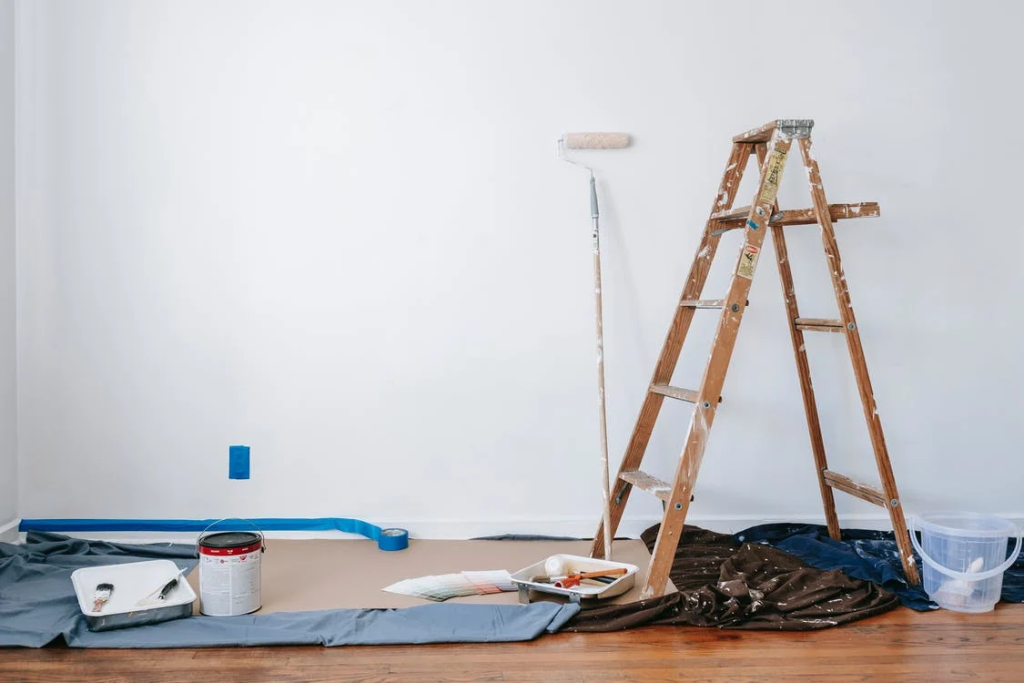
Yes, you still need to. Apply two coats of your chosen paint color over the primer for a smooth finish. This ensures durability, a better look, and consistent color. When changing colors or refreshing an old coat, use two paint layers over the primer, both inside and outside. If you’re repainting a primed surface or using a similar color, one coat might be enough.
when is it Okay to Use One Coat After the Primer?
When restoring a previously painted surface to its original specifications, a single coat of paint over primer often suffices. If you’re using the same color, some color bleed-through from the primer is normal during painting. While premium paints can provide sufficient protection in one coat,some projects may require two coats for optimal results.
For ceiling projects, premium ceiling paint allows single-coat coverage over primer. This saves both time and money. It significantly reduces the effort needed for ceiling painting.This works best when repainting white ceilings with white primer and paint. However, darker shades might need two coats for full coverage.
How Long is the Waiting Time Between Primer and Paint coats?
Allow the primer to dry fully for 24-48 hours before applying your chosen paint color. Primer needs ample time to cure properly. While it might seem dry soon after request, don’t be misled.Painting too soon can lead to peeling, bubbling, or a ruined finish.Waiting a full day or two before the first coat ensures your priming work isn’t wasted.
When is it Suggested to apply Two Coats of Primer?
Plasterboard or gypsum walls lacking prior preparation often exhibit uneven permeability. These areas absorb paint at different speeds, leading to blotchy finishes. Applying two primer coats is recommended. The first coat addresses the wall’s absorbency, while the second ensures complete coverage and hides imperfections.
When to Skip the Primer?
Multipurpose paint and primer combinations, also known as self-priming paints, contain more compounds than regular paints. This creates a richer, more ample layer. Remember that self-priming paints work best when applied over similar or lighter colors. They are also excellent for smoothing edges and may require longer drying times compared to conventional paints.
